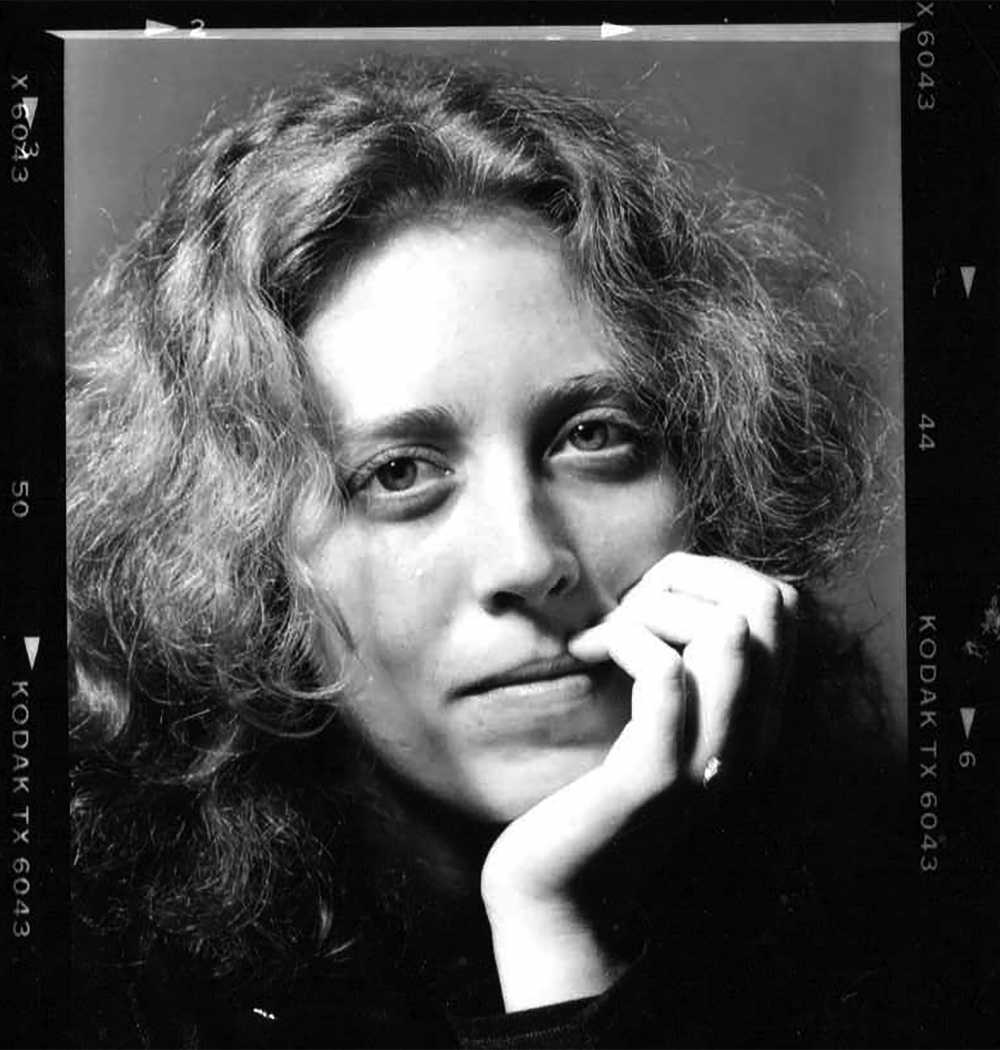

ON LIGHTNING STRIKING AT THE BOWERY POETRY CLUB
“I went to one particular reading by Anne Waldman and Ann Lauterbach at the Bowery Poetry Club in 2009. That was the impetus. I'd been to Naropa as a young poet, and had heard Anne Waldman read before, but at this particular reading—lightning struck. I felt this vibration, or maybe it was the frequency she was operating on. The streaming of her language, with her embodied expression of it, struck me, as it did everyone else in the room. It was theatrical. It was performative, obviously. I didn’t have a camera, not even an iPhone. It felt like this could really lend itself to the screen.”
ON THE LIVES OF THE POETS
“I had seen a documentary, Our City Dreams (2008) by Chiara Clemente, about five different painters: Kiki Smith, Ghada Amer, Swoon, Nancy Spero, Marina Abramovic. So the original idea was to make a film about six poets. To have a story of six interconnected poets who somehow knew each other, and a weaving of their lives and works. But it became so quickly apparent that Anne had so much going on, so many different varieties of events and collaborations, and she welcomed me in with this amount of access. She was like an umbrella to everything that was happening in the poetry scene. She had these interconnections with the other poets I had thought to include—Ann Lauterbach, Alice Notley, Leslie Scalapino, Lyn Hejinian, Bernadette Mayer, Akilah Oliver, Eileen Myles. Then I started with Anne Waldman and found that poets constellated around her—anyone who has encountered her performing knows the power of that. I have a book somewhere, The Lives of the Poets. It must have been from the Strand. Something about the title—I remember having that in my head before I started the documentary. I just saw the spine and thought, “That’s interesting—The Lives of the Poets. I’d like to see one of those lives. I’d like to go into one of those lives.” I chose the adventure with and about Waldman.
ON RIDING ALONG IN THE SIDECAR
“Anne has had a huge body of work, but this ten-year period I’ve witnessed in the making of this documentary came right after the completion of her epic work The Iovis Trilogy: Colors in the Mechanism of Concealment (2011). I started this project when The Iovis Trilogy was finished. It’s an epic feminist work and three books combined—this trilogy about war and patriarchy. She had also just published Manatee / Humanity (2009). In this particular period, in each work, there is so much depth around a particular set of themes—whether it’s the endangered species of the manatee, or, in Gossamurmur (2013), her passion for the archive. And the way it happens on the page. There’s nothing predictive about the way she uses language and the way her poems are. They exist on the page and they exist in her performance in another way entirely. She improvises with the words off the page. The whole thing has been a study. This whole documentation process has been a master class. I’ll be reading her work for the rest of my life. And it feels like I lived it in a really embodied way. Because I was right there—riding in the sidecar.”
ON TANGLING PRACTICES OF LIFE AND WORK
“By documenting Anne I was living with her new works as they came out, and I got to be very immersed in them. I would read them, but I would also hear them performed and spoken about—and I would talk with Anne about them. And even though she wasn’t teaching her books, necessarily, she would talk about her work when she taught, and would always introduce her poems. I began to see just how the themes of all the books were entangled.
With Jaguar Harmonics (2014), her book composed from notes from an Ayahuasca ceremony with the Indigenous Taíno people—she had just gone through cancer at the time. In Voice’s Daughter of a Heart Yet To Be Born (2016), Anne is working with Thel, a character from the William Blake poem “The Book of Thel.” She wants to bring the unborn spirit of Thel into experience—into the world—into the Anthropocene generation. So, chronologically, although she had the ceremony experience after she had recovered from cancer, she wrote Voice’s Daughter of a Heart Yet To Be Born while in recovery. That also becomes part of writing Thel. The whole wide range of everything is contained in each work. And these works allow you to enter them from wherever you’re coming from. You wouldn't have to know any of that. It’s just this unfolding.
I always wanted to make a film that threads her life and her work—and of course they are going to be intertwined—but I think, in Anne’s particular case, it’s about how she practices life and work.”

